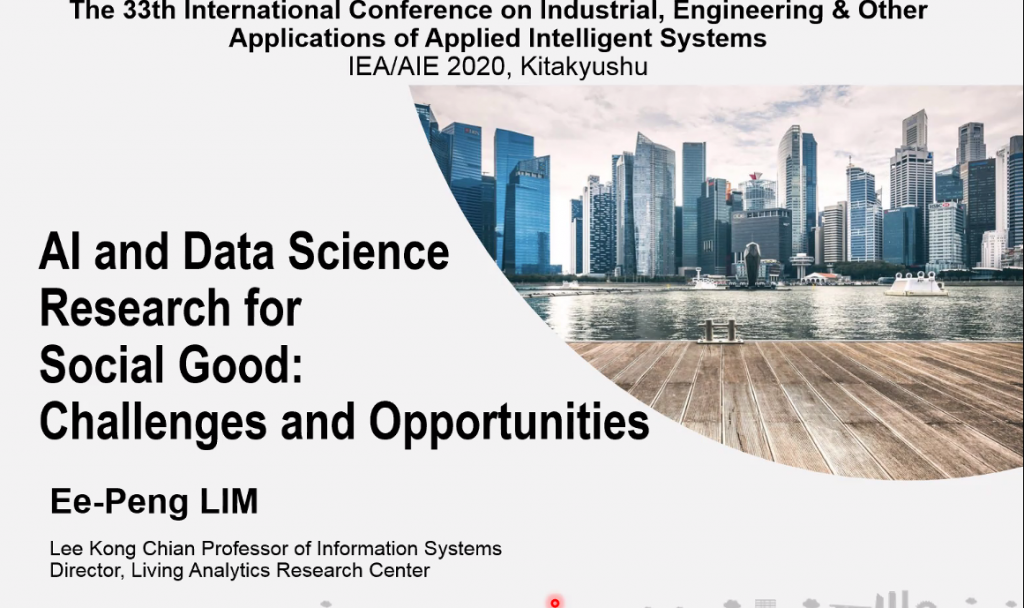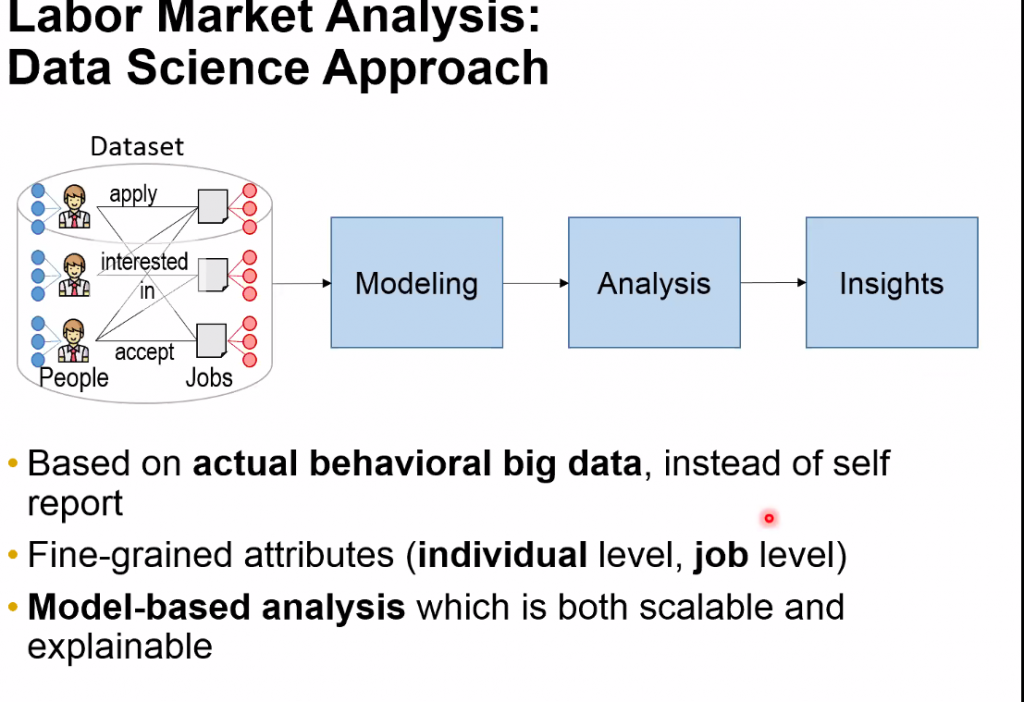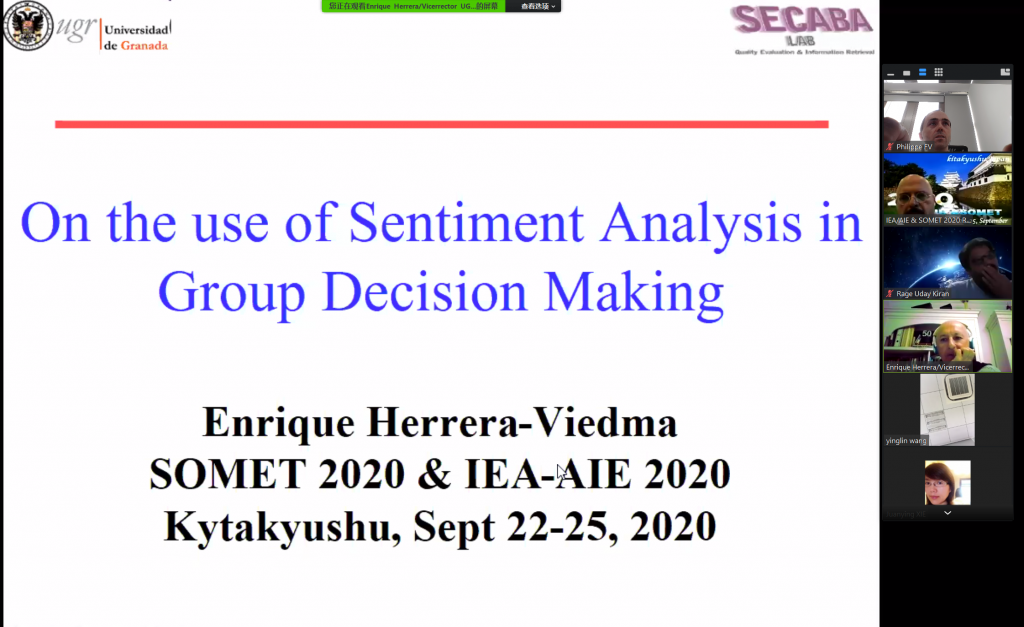In this blog post, I will talk about changing to another research area for researchers and what it implies. Moreover, I will talk about what is a good research area, and the importance of continuity for researchers. I will also discuss about my own experience related to changing research areas.

Reasons for changing research areas
There are several reasons for considering a change of research area at different points in the career of a researcher, and also for graduate students. Some reasons are:
- Changing for a more popular research area. One may wants to work on a more popular research area to follow some new trends. For example, in computer science, one may want to change from a more traditional research area like compiler design to a more popular topic like big data, data science, the internet of things, sensor networks, or machine learning. By following some trends, it may be easier to find a job, get some research funding, get some industrial collaboration projects, publish papers in special issues or workshops, get more citations and have a greater research impact, etc.
- Personal interests. A researcher may want to try something new or he may feel more interested into a different research area to explore new problems and learn other things.
- Joining a research team that works on a specific research area. For example, a professor joining a university may want to slightly change research area to integrate with a research team that is specialized on a research topic.
- Changing for a research area where it is easier to publish articles. For many universities, publishing papers is a performance evaluation criterion. In this context, some researcher will want to work on topics where it is easier to do new contributions, carry experiments and publish articles.
Those are some of the key reasons that a researcher may consider. Whether those are good reasons or not depends on each case. For example, a researcher may not care about working on a popular topic but may rather work on something that he really likes.
I will talk about my own experience as example. In my early research career, I have been working on intelligent tutoring systems and cognitive modelling but found that it was a difficult topic for carrying research as it required to do experiments with people to evaluate my proposals, which was very time-consuming. Moreover, the research community around intelligent tutoring systems is quite small (maybe a few hundred people), so the possibility of having a great research impact was in my opinion limited. Also, I have a personal interest in algorithm design and optimization. Hence, at the end of my Ph.D., I started to switch from this research area towards doing research on data mining. Nowadays, my research area is data mining, and more specifically pattern mining. I think it was a good decision in my case because data mining is a more popular research area, I like this field, and it is easier to do research and write papers, and there is more job opportunities. Besides, by working at a more fundamental level (algorithm design) rather than at the level of applications, I can have a greater research impact. For instance, my algorithms are not limited to only be applied in intelligent tutoring systems but can be used in other fields. If I would keep working on a narrow topic with a small research community, it would be harder to get citations (not so important, but it is still a performance evaluation criterion at some universities).
What is a good research area?
There is no absolute answer to this question. But a researcher can try to answer these questions to assess a research area:
- Is this research area that is interesting for you?
- Is this a research area where you can make some good contributions?
- Is this related to your current expertise? This is important to avoid starting again from zero… If you change to a research area that is somewhat related to your current research area, it may be better.
- Is this a popular research area?
- Can you get some special opportunities in that research area (join a team, get a job, funding, etc.)?
Those are some important criteria but it is not necessary to meet all there criteria.
The importance of continuity
Changing research area can be good. However, continuity is also important in the career of a researcher. Changing too often from one research area to another is not good. It will show a lack of focus and it may seem that the researcher is a specialist of nothing. It is better for the career of a researcher to focus on a specific research area and make several good contributions in that area over the years to become more and more famous in that area and benefit from this. As a researcher continue to work in the same area, it becomes easier (and faster) to make better research contributions and write papers. The researcher can also build many collaborations with other researchers over the years, and it becomes also easier to obtain research funding in a research area where you have published many papers.
In my opinion, the best time to change research area is at the begining of the career of a researcher. For example, I gradually changed towards data mining towards the end of my Ph.D. and now mostly only do data mining research. Ten years later, I would not change research area again, because now, I am well-established researcher in that area, and I am also happy to work on this. If I would change again to another research area, then it would become harder to publish papers, obtain grants, and I would have to learn many things again. So my focus is on data mining, but I am still sometimes work on other topics as side-projects. 😉
Changing a research area also requires some planning and to think ahead of time. It is also better to gradually change toward the new research area, if possible.
Conclusion
In this blog post, I talked about changing research areas as it is a concern for several researchers especially early in their career. Hope that it has been interesting. If you would like to share your own experience or have comments related to this, please post in the comment section below!
—-
Philippe Fournier-Viger is a professor of Computer Science and also the founder of the open-source data mining software SPMF, offering more than 170data mining algorithms.








































